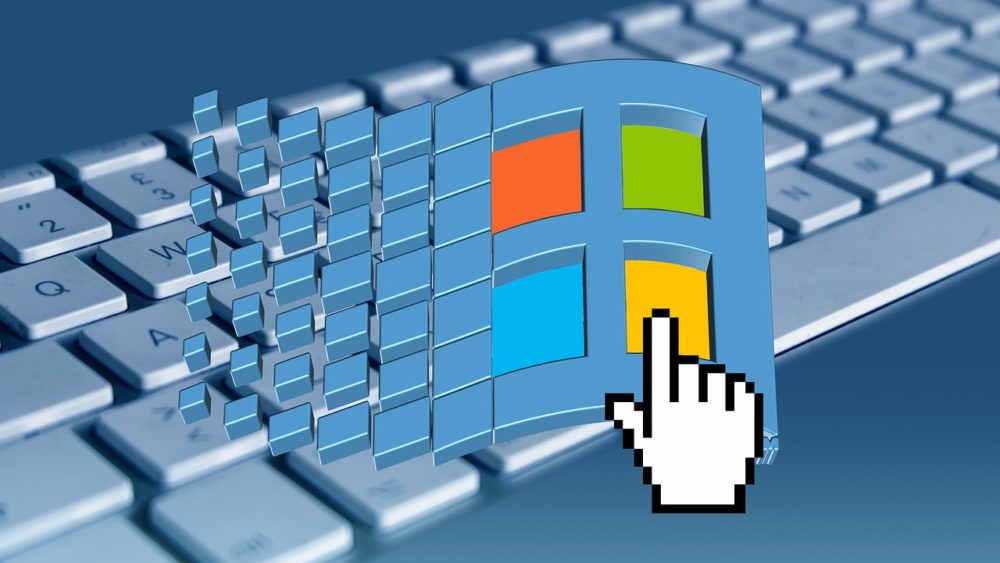After the widespread WannaCry ransomware attacks earlier last week, Microsoft seems to be staring at another exploit right around the curb. This newly discovered bug is an updated version of an annoying old bug (known as concon) and can simply be employed to hang or crash any system running an operating system that’s older than Windows 10.
This is a prominent 90’s bug and occurs because of the way NTFS drivers handle special filenames on Windows systems, reports Ars Technica. Any notorious intruder can affect your Windows system simply by sending a malicious link with a downloaded image file with the special file’s name your way. Once you try to open the same, the browser will begin looking for the special file name and the system will beck to its control — maybe reach the blue screen of death in some instances.
The special name chosen for this malicious attack is “$MFT” and the objective is to open an image file with the said filename in the directory path. The said character combo is used to recognize special metadata files used by the Windows file system. Once you try to open this filename, such as “c:\$MFT\123” in a website’s image then your system will be slowed down to the point of no recovery. The only way out for you will be to restart the system, if it hasn’t already moved to display the blue screen of death.
As for older versions of the OS, namely Windows 95 and Windows 98, the special keyword of choice was “c:\con\con” and it would make the machine crash almost instantly. If this new malicious file affects your system then you can simply restart the same to regain access to your Windows Vista, 7 or 8 PC. Fortunately, it does not affect the 500 million Windows 10 PCs else one could reek havoc instantly.
This NTFS-focused bug was probably first discovered earlier this week and has been reported to Microsoft. Redmond is aware of the loophole and is potentially working on patching the same before systems start going dark once again. The company would not want to handle another massive attack when the ramifications of the previous one still haven’t been completely eliminated.
It is presently unknown when Microsoft plans to deliver the update patch but it should be incoming soon enough — maybe with the monthly security patch. It generally delivers timely security updates through its scheduled patch delivered to Windows users each month. So, still tight and do not access (i mean, click) any suspicious links or ads to protect yourself from this bug. Comment down below if you think Microsoft should tighten the security of its underlying infrastructure.
The Tech Portal is published by Blue Box Media Private Limited. Our investors have no influence over our reporting. Read our full Ownership and Funding Disclosure →






